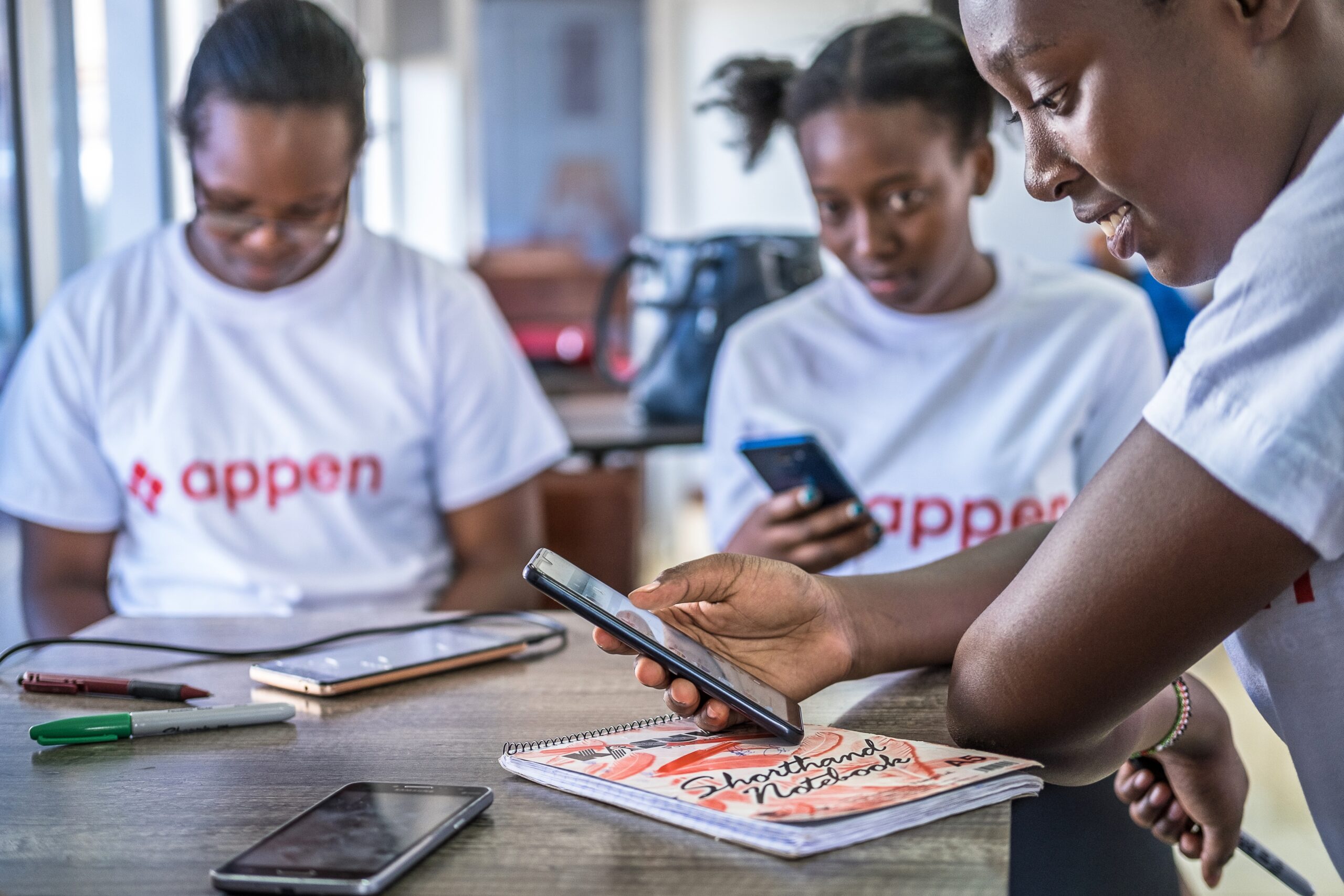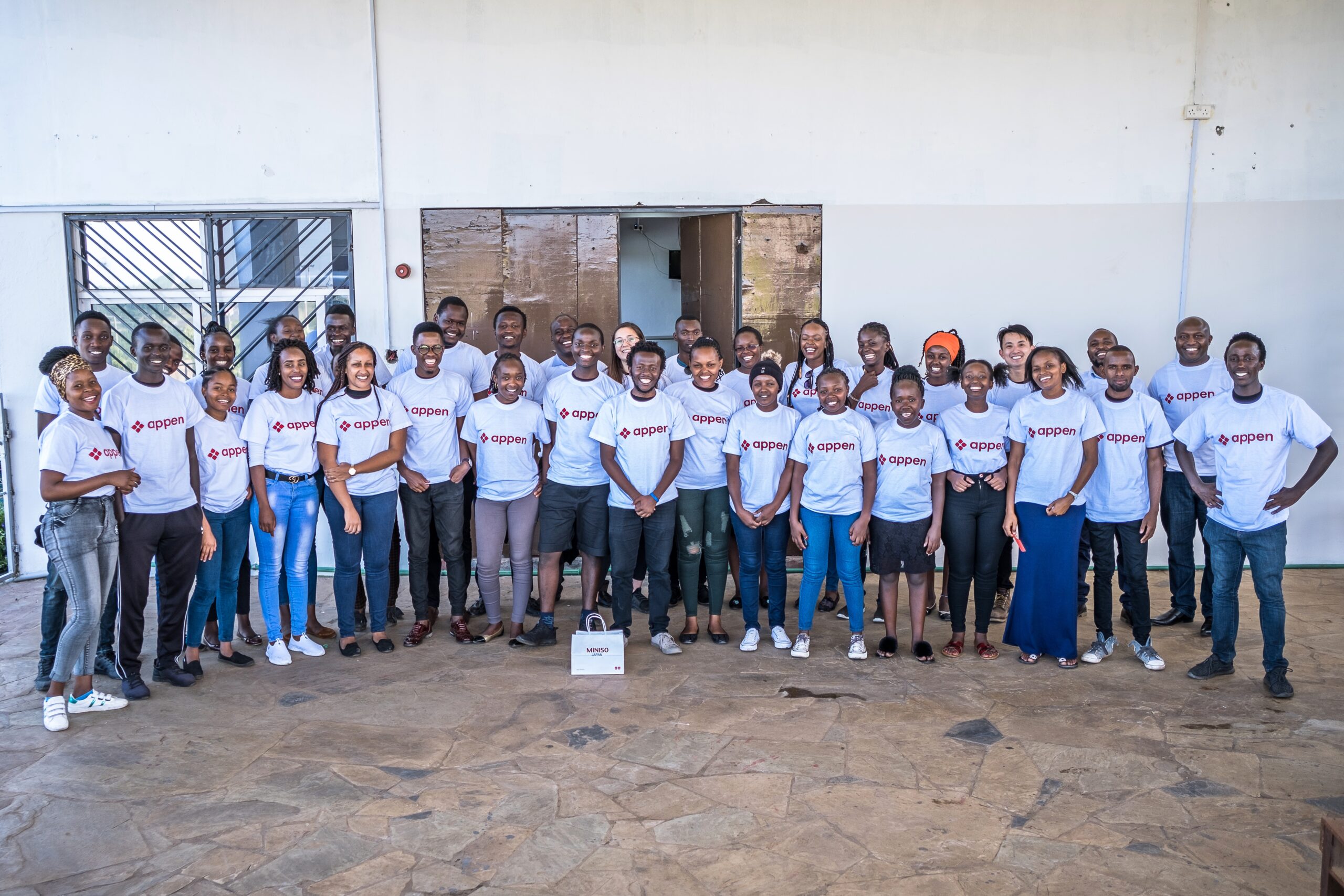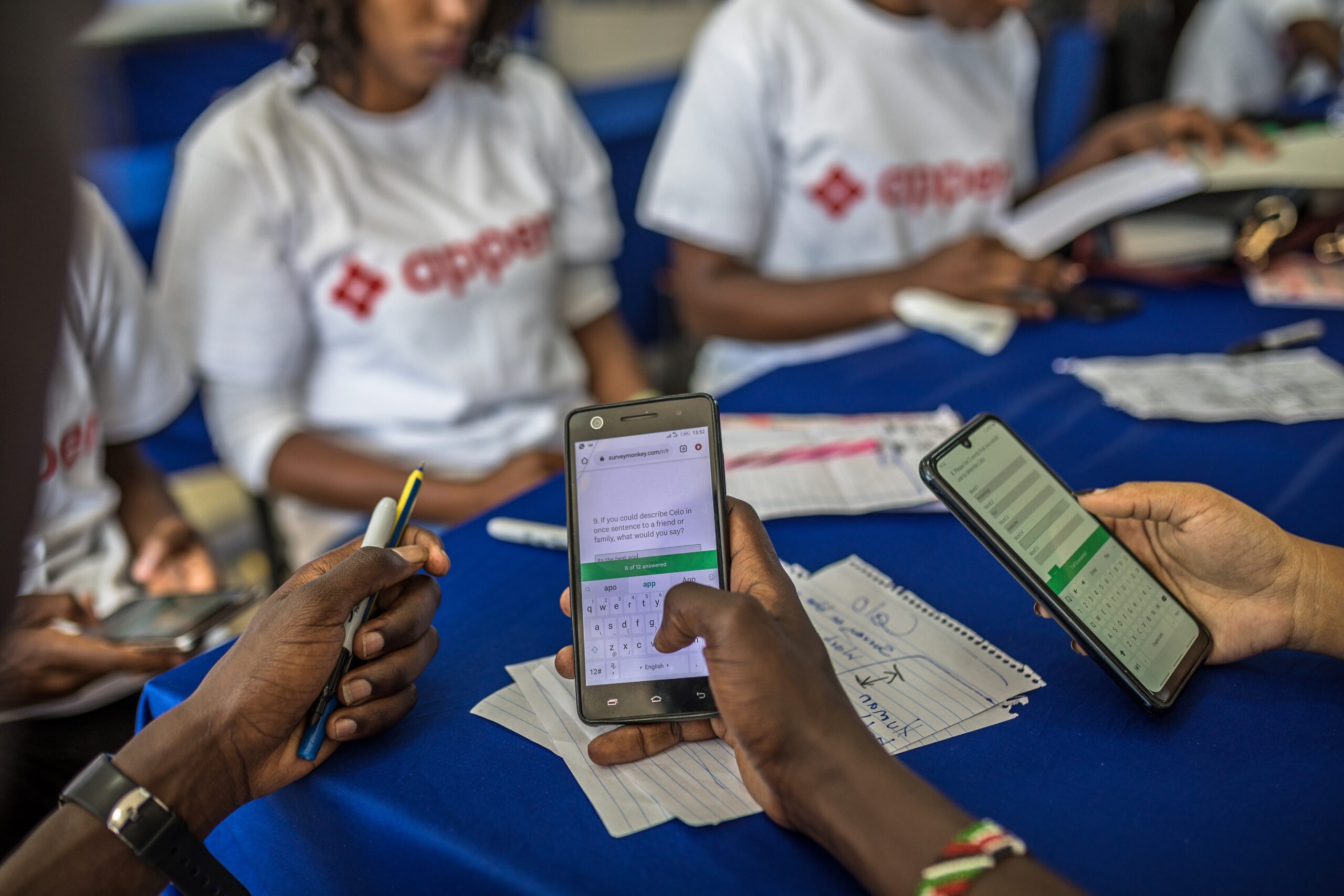One of the center points of technological innovation today is data. But, to gather and annotate that data takes thousands of hours of work. Work that can be done by anyone, anywhere in the world. The internet makes it possible to break up these tasks into thousands of micro-tasks which can then be distributed to workers around the globe. This is known as microwork.
Many who are attracted to the opportunity that microwork provides live in countries that have a high percentage of their population living below the global poverty line. The international poverty line is defined as income below $1.90 per day.
One of the major struggles faced by international microworkers is processing international payments into local currencies. While pay may be above minimum wage in their locale, the transaction fee to convert to local currency can often be more than their earnings. For example, processing a $5 payment from the US to Kenya could incur a 111% fee. Receiving payment in stablecoin has become a more affordable alternative to traditional payment processors and transaction fees, with a transaction cost as low as 2.02%.
To better understand the effects of stablecoin and microwork, Mercy Corps Ventures created a controlled study that looked at four cohorts of 50 people over a 5 week period as they completed microtasks. Each cohort received a different training method, either in-person training, virtual training on Zoom, or pre-recorded training on YouTube. The trainings helped participants to learn how to interact with the microwork task system and the stablecoin payment system.
Providing Microwork Opportunities Around the World
Microwork breaks complex tasks down into fractional tasks that take just minutes to complete. Speed and volume are critical components to successful microworking. While the tasks are small, the global microwork job market has grown to more than $1 billion in the last decade.
Microwork has captured the interest of youth across Africa. In Kenya, those engaged in microwork tasks can earn upwards of 40% more than the average urban income. Microwork is not only making new jobs that can be done remotely but jobs that pay more than local work.
Mercy Corps Ventures in Kenya
To better understand microwork and its effect on a local population, Mercy Corps Ventures completed a study of microworkers in Kenya. These workers were completing crowdsourced microtasks provided by Appen as well as Valora, Celo, Kotani Pay, and Corsali.
Crowdsourced Microtasks
Crowdsourced microtasks are a specific type of microwork. This model works by distributing microtasks to part-time freelancers. Anyone with a profile and minimum quality rating can complete tasks and receive payment. One of the benefits of this type of work is that it can be done at any time of day, from anywhere in the world, and be completed using only a mobile device.
At Appen, we offer crowdsource microtasks to workers around the world on thousands of different projects. We worked with Mercy Corps Ventures to provide tasks to microworkers in their study. To ensure quality, we add random quality checks interspersed throughout tasks. These quality checks ensure that the work meets our standards and provides workers with a quality rating.
The crowdsourced microtask model is highly efficient as it requires minimal infrastructure while providing ample opportunity to microworkers and maintaining data quality. This type of microwork model is flexible and scalable.

The Benefits of Microwork and Stablecoins
The goal of Mercy Corps Ventures study was to find out if and how microwork can benefit global workers. The study found a number of benefits for global microworkers.
Stablecoins Lower Transaction Fees
One of the most important benefits to come out of this research study was that using stablecoin payments significantly lowered the cost of transaction fees, increasing the take-home pay for microworkers.
Using stablecoins lowers the friction and cost of sending and receiving cross-border micropayments. The transaction fee goes from 28.8% for USD $5.00 to 2.02%, no matter the transaction value. On a $5 transaction, that reduces the cost from $1.44 to $0.10.
Affordability Opens New Opportunities for Un/Underemployed
By making transaction fees more affordable through the use of stablecoins, microwork opportunities become more lucrative for people around the world. The use of stablecoins opens up a new way of working for those who need it most.
As more un- and under-employed people seek out digital microwork, more people will be lifted out of poverty and will receive a living wage in their area. According to Appen’s Crowd Pulse survey, 16% of our contributors were living under the global poverty line. Since joining the platform, 77% of those contributors have been lifted above the global poverty line.
Incentivizes Savings Behavior
Another benefit that researchers found from this study was that stablecoin-based digital wallets could be used to incentivize savings behavior. The stablecoin wallet not only offered those who were previously unbanked a place to store money, but it could provide lessons and encouragement to save money. By providing rewards for saving money instead of spending it, the digital wallet provided education and incentive to save.
Improves Earnings for Un/Underemployed
The most important outcome from this research was that microwork and lower transaction fees from the use of stablecoins increased earnings for the un/underemployed. When study participants were asked for their feedback:
- 97% said they agreed that they received a fair reward for completed microtasks
- 77% reported higher earnings when compared to their previous income-generating activities
- 95% of participants reported an improved quality of life
- 94% reported their income had increased because of the 5-weeks of work included in this pilot study
Increases Skills
In addition to receiving greater income, microworkers are also learning new skills and gaining experience. Microworkers are learning how to:
- Work online
- Manage time
- Save money
- Solve challenges with the support of peers in WhatsApp groups
These soft and hard skills can translate to future jobs and work opportunities, making it easier for people to find full-time employment or higher-paying jobs.
In Their Own Words: Samuel Osman
While the statistics are a great way to measure the success of this program, there’s nothing better than to hear it in their own words. Study participant Samuel Osman shared:
“On my first day [working], I managed to make around 500 shillings. So, I thought, if I can do 500 shillings within 8 AM to 1 PM, I will try extend to maybe 3 PM to make 1,000 shillings. So, my experience was good because I could manage [to earn] at least KSH 1000 in a day. ”
Osman’s words reflect the experience and sentiment of many participants in this study and those who complete microwork tasks and are paid in stablecoins.
As microwork opportunities proliferate, it’s critical that companies and governments provide education and tools to support workers in doing this type of labor. The work is lucrative and flexible, but a lack of trust in technology or systems could prevent people from taking it on. With education, opportunity, and lower transaction fees from stablecoins, microwork could increase the income of millions around the world and lift many out of poverty.
With the completion of the pilot, we are dedicated to expanding the use of stablecoins on our platform and look forward to the day when we can roll this out worldwide.




